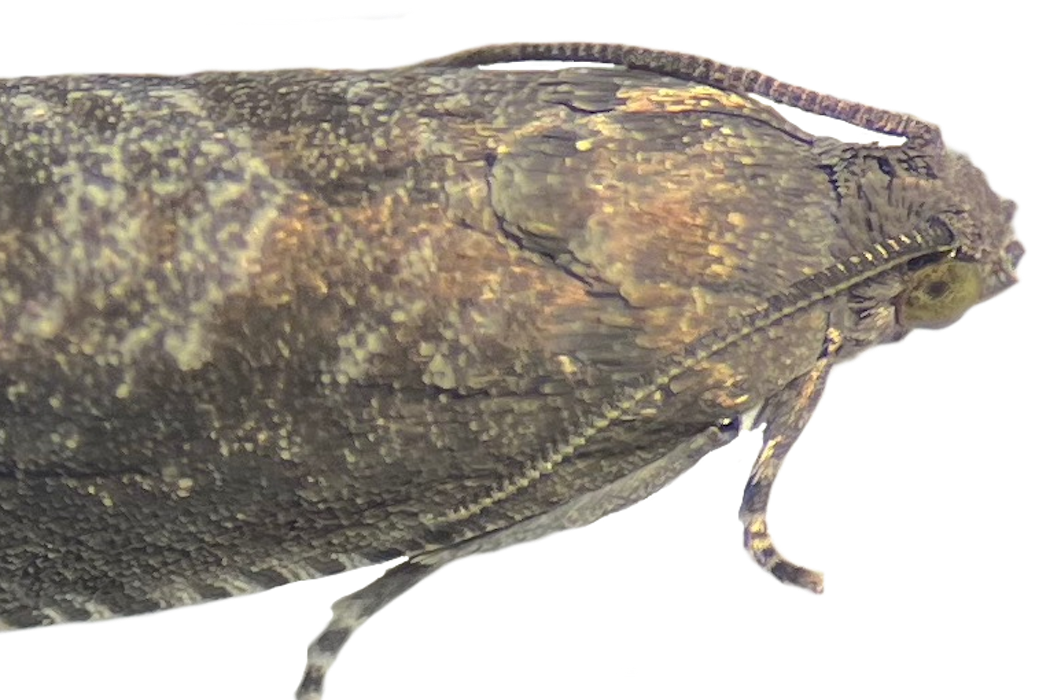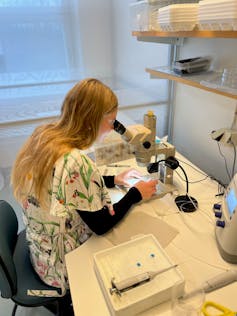Source: The Conversation – UK – By Athina Vlachantoni, Professor of Gerontology and Social Policy, University of Southampton
About two-thirds of people in the UK will become grandparents during their lifetime. Half of those grandparents will provide some form of care to their grandchildren. But who makes up that half depends on a number of factors. One of these is ethnicity.
Understanding the extent to which parents from different communities in society rely on other people – such as paid-for childcare or their own parents – for the care of their children is an important question from a number of perspectives.
It tells us about the demographic composition of society. It reflects embedded cultural norms and expectations about caring for young children in the family.
Our analysis of the UK’s largest household dataset, the UK Household Longitudinal Study, showed that parents from Indian, Pakistani, Bangladeshi and African communities were less likely to use childcare provided by other people, including grandparents, than parents from white British communities. The reasons behind these differences are complex and could relate to other aspects of their lives.
To start with, employment rates among people – particularly women – from minority ethnic communities are lower on average than those of people from white British backgrounds. This could point to parents from minority ethnic communities being more likely to be available to provide care for their children, and having less need to rely on grandparents.
Nearly two-thirds of children in the white British group have a working mother, compared to 17% of children from Bangladeshi families. This means that white British mothers are more likely to depend on childcare, including from grandparents.
What’s more, the Office for National Statistics has shown that workers from Asian and Black communities were less likely than white workers to be managers, directors or senior officials. Workers from Black communities were more likely to work in caring, leisure and other service occupations.
This suggests that people from ethic minority backgrounds may have less disposable income to spend on paid childcare. They therefore may take time off work to look after children rather than looking to grandparents to fill in the gaps between periods of paid childcare.
However, these differences could also point to cultural norms within different communities. Our research shows that only Caribbean parents were more likely than white British parents to use childcare – defined as care for the child by anyone other than the parent or their partner. However, this care is less likely to be from grandparents than it is for white British and other ethnic groups.
Cultural reasons about who should care for young children could also interact with demographic and socio-economic factors to result in ethnic differences.
For example, our research also showed that 28% of white British children have no siblings, compared to 13% and 15% of Pakistani and Bangladeshi children. Having more children could lead to their mother spending more time looking after children at home, with less need to rely on grandparents.
Another explanation may relate to grandparents’ health. Research from the University of Southampton’s Centre for Research on Ageing has shown that – despite years of targeted governmental efforts – ethnic differences in health in later life remain.

PeopleImages/Shutterstock
For example, Indian, Pakistani and Bangladeshi men are between two and four times more likely to report their health as limiting their typical activities than white British men. Pakistani women are 11 times more likely to report limiting health than white British women.
This means that grandparents from ethnic minority backgrounds are less likely to be in good health. They may be physically less able to look after children than grandparents from white British communities.
However, in countries such as the UK, where the average cost of paid-for childcare is relatively high, the availability of grandparental childcare could form a pivotal way to allow working-age parents to enter and stay in the labour market for longer.
It’s also worth considering that providing childcare can take a toll on grandparents. It has a benefit for wellbeing for grandmothers, but only for the first grandchild.
Grandparental childcare is an important part of the caring ecosystem for many families in the UK. Closer attention to grandparent care and how it is experienced differently in different ethnic communities can offer a more nuanced understanding of healthy ageing, family bonds and labour market participation.
![]()
Athina Vlachantoni receives funding from the Economic and Social Research Council and the Natural Environment Research Council.
Maria Evandrou receives funding from the Economic and Social Research Council.
– ref. White British families more likely to depend on grandparents for childcare – our research explores why – https://theconversation.com/white-british-families-more-likely-to-depend-on-grandparents-for-childcare-our-research-explores-why-253177












